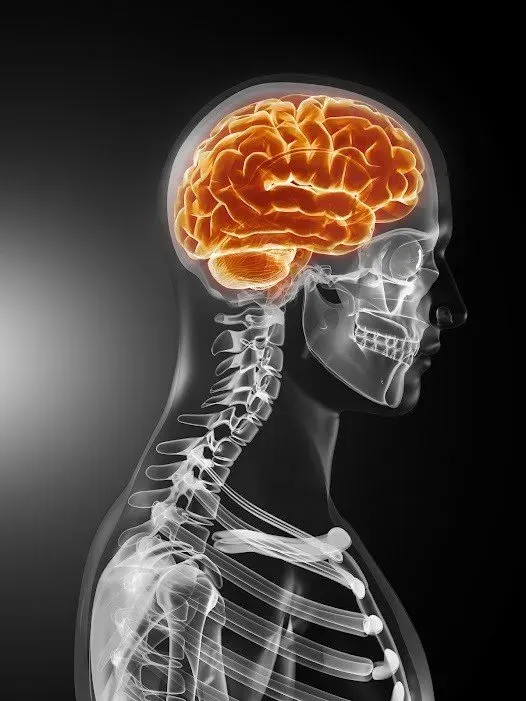Traumatic Brain Injury: How It Affects Your Car Accident Settlement

When you're involved in a vehicle accident, your physical accidents injuries are often easy to see and diagnose. These injuries include cuts, scratches, and even broken bones.
Unfortunately, other injuries are not as quickly diagnosed. Certain injuries often do not show signs and symptoms until days, weeks, or months after your accident. Traumatic brain injury (TBI) is one such injury. Learn more about this invisible injury so you can look for signs and symptoms.
What Is a Traumatic Brain Injury?
A traumatic brain injury, or craniocerebral trauma, occurs when you incur a violent bodily jolt or sustain a blow to your head. It is a disruption to the normal functions of your brain. An injury penetrating your head and brain can also cause TBI.
The initial physical effects of your injury can cause bruising, swelling, and increased pressure within your skull. In turn, this can cause stress and can strain your brain's blood vessels, constricting the flow of oxygen and nutrients to your brain cells.
Depending on the severity of your traumatic brain injury, you may have a wide range of symptoms. The categories of symptoms are physical, sensory, and cognitive, behavioral, or mental symptoms. Some of the mild symptoms include:
- Headaches
- Vomiting
- Blurred vision
- Change in smell or taste
- Change in sight or hearing
- Loss of balance
- Lack of concentration
- Difficulty sleeping
Moderate to severe TBI can include the symptoms above, but it may also present with:
- Loss of consciousness
- Convulsions or seizures
- Dilation of your pupils
- Draining fluid from your nose or ears
- Numbness in your fingers and toes and more
When you sustain a moderate or severe TBI, you may also experience agitation, combativeness, slurred speech, profound confusion, or coma.
How Common Are Traumatic Brain Injuries?
Across the country, an estimated 1.5 million people sustain a TBI annually. Traumatic brain injury is the leading cause of death and disability among young people in the United States.
Of these 1.5 million people, various outcomes occur. For example:
- Approximately 230,000 people are hospitalized but survive
- Approximately 50,0000 people succumb to their injuries
- Approximately 80,000 to 90,000 people will have a long-term disability
Across the country, more than 5 million people are living with a TBI-related disability. The leading causes of TBI include:
- Vehicle-related accidents (including cars, bicycles, motorcycles, and involved pedestrians) Combat-related injuries
- Violence related injuries
- Sports injuries Falls
Of these, motor vehicle accidents are the leading cause of traumatic brain injury hospitalizations across the country.
Why Is Traumatic Brain Injury An Invisible Injury?
TBI is an injury that is often overlooked and may not show up for an extended time after your accident occurs. Mild cases of TBI are often tough to diagnose. The injury is present but not visible, leading to the description as an invisible injury.
Although you may receive a diagnosis of mild TBI due to concussion symptoms, mild TBI does not show up on regular imaging. Moderate and severe cases of TBI can be visible on MRIs and/or CAT scans and may present visible symptoms. Even then, however, your symptoms may not be properly diagnosed. Your symptoms may be minimized or associated with other injuries you incurred during the accident.
Unfortunately, insurance companies often don't consider the severity and long-term effects of TBI as they calculate your settlement offer from your vehicle accident. They may completely ignore or minimize your signs and symptoms and deny you coverage for future care. This oversight should not be allowed.
Walsh & Associates, PC, understands TBI and the long-term complications TBI can cause. We will ensure that you receive all needed medical care and that your medical records are admitted into evidence prior to discussing a possible settlement. Contact us for a free case evaluation today.



